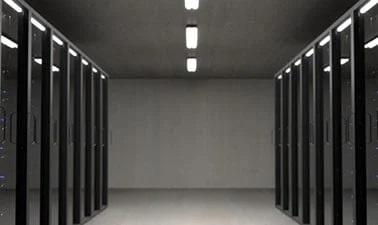138,00 €
Learn how dynamic programming and Hidden Markov Models can be used to compare genetic strings and uncover evolution.
138,00 €
Learn how dynamic programming and Hidden Markov Models can be used to compare genetic strings and uncover evolution.

If you look at two genes that serve the same purpose in two different species, how can you rigorously compare these genes in order to see how they have evolved away from each other?
In the first part of the course, part of the Algorithms and Data Structures MicroMasters program, we will see how the dynamic programming paradigm can be used to solve a variety of different questions related to pairwise and multiple string comparison in order to discover evolutionary histories.
In the second part of the course, we will see how a powerful machine learning approach, using a Hidden Markov Model, can dig deeper and find relationships between less obviously related sequences, such as areas of the rapidly mutating HIV genome.
Basic knowledge of:
Wide Choice
Explore expert-led technical, leadership & personal growth courses.
Customized Learning
AI-powered recommendations so you follow what fits your goals.
Certifiable Skils
Earn recognized certificates to showcase your progress.
Practical Impact
Gain immediately usable knowledge you can apply at work or life.
Progress Tracking
Track your growth every course, see how far you’ve come.
Career & Personal Growth
Advance professionally while growing personally.
We combine wide course variety, AI-driven personalization, and practical content so you learn what matters, efficiently.
Yes, every completed course grants you a certificate to validate your achievements.
They range from beginner to advanced. No matter your level, there’s a fit to help you grow.
Our platform uses AI to analyze your progress and suggest courses tailored to your goals.
ClearTech provides progress tracking tools so you can monitor learning achievements as you complete courses.
Yes, once you enroll, you can access your courses online and start right away.